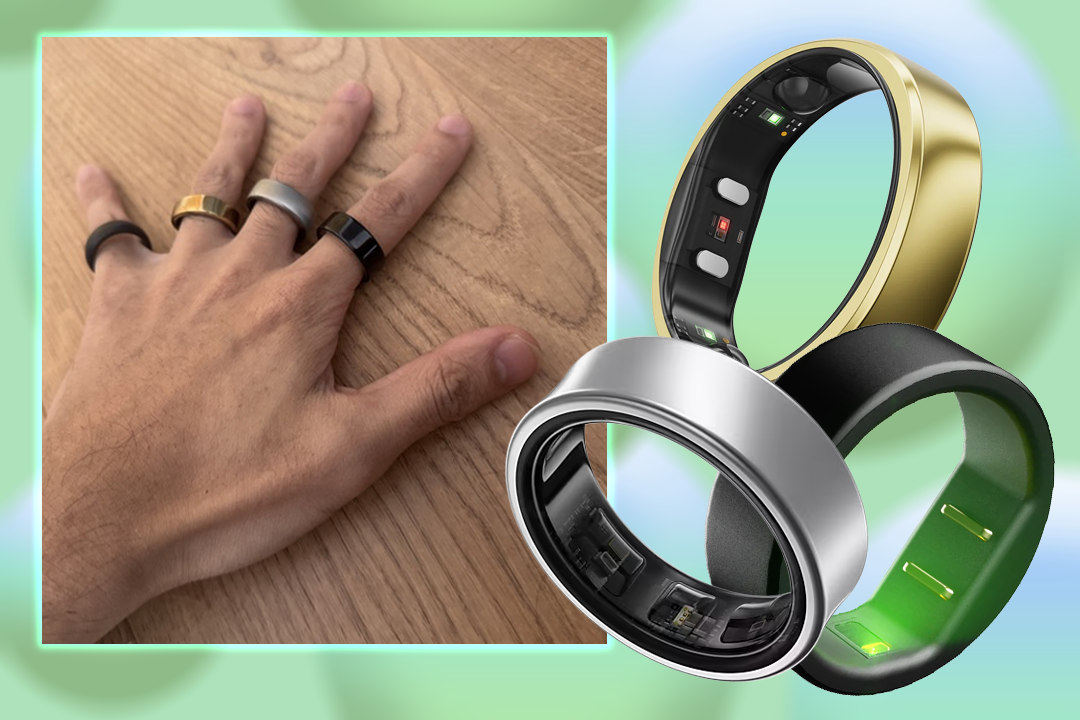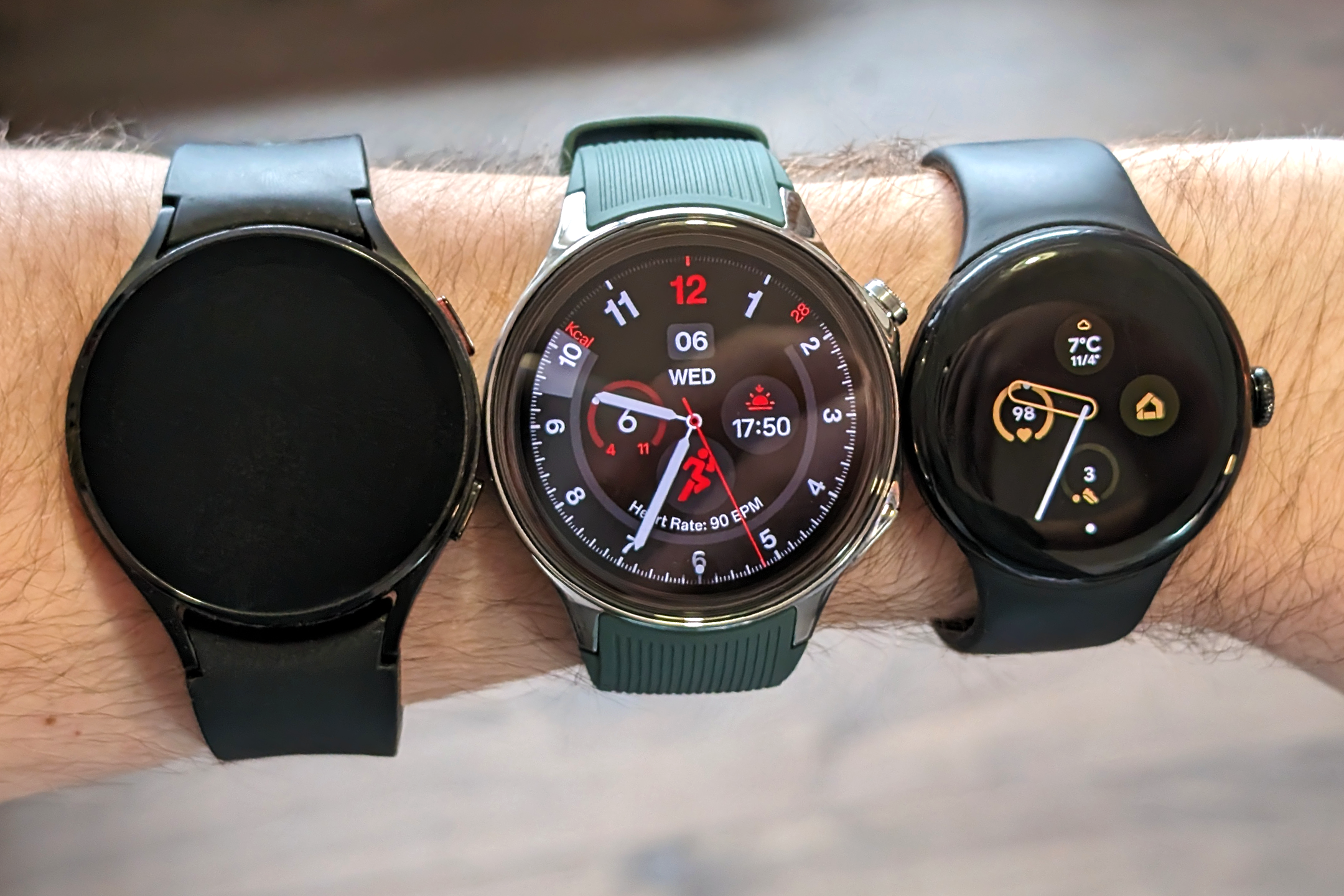The Independent's journalism is supported by our readers. When you purchase through links on our site, we may earn commission. Why trust us?
Oura ring 4 review: The gold standard in smart rings
I’ve put the Oura ring 4 through its paces to see how it stacks up against the Galaxy ring and others
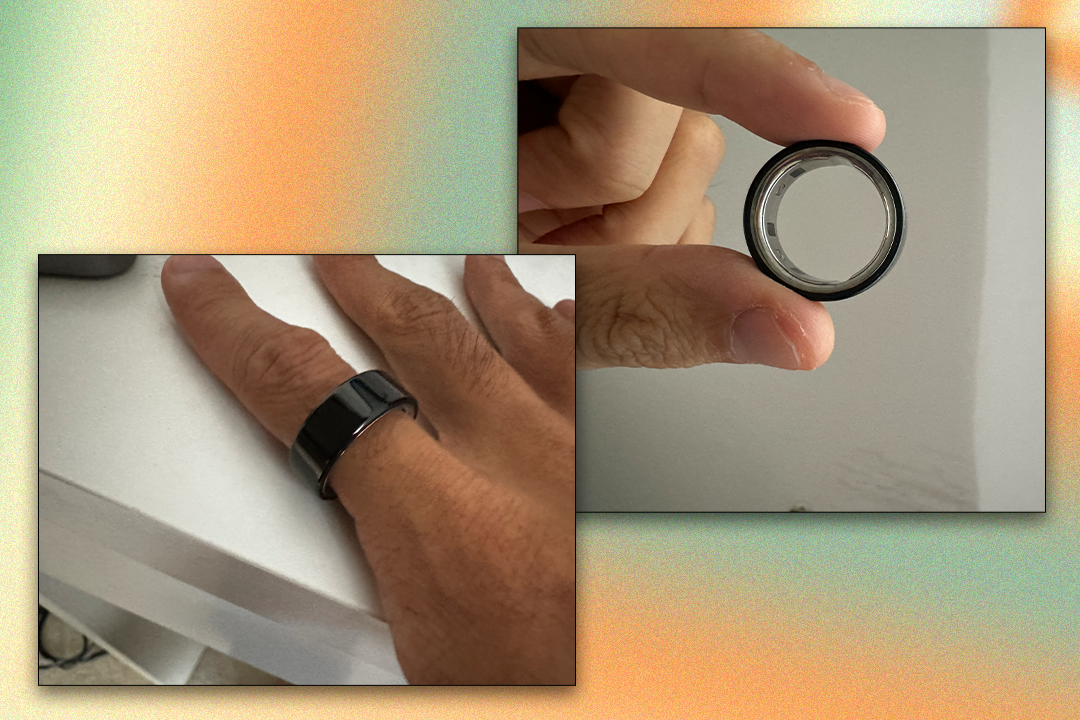
Oura has been making smart rings since 2015, but it was the third-generation model in 2021 that put the brand on the map. In 2024, Oura launched the Oura ring 4, a thinner, longer-lasting wearable with upgraded sensors for more accurate tracking.
Since then, I’ve tested plenty of the best smart rings, from budget startups to big-name tech companies, all trying to dethrone Oura. The fiercest of these challenges came from Samsung’s Galaxy ring, which was unveiled in the same year with gesture support, an innovative charging case and, crucially, no subscription fee, prompting Oura to rapidly expand its feature set to keep pace.
But does Oura’s fourth-generation smart ring keep it ahead of the pack? With the Oura ring 3 still receiving many of the same software features, is the gen 4’s slimmer design and improved accuracy enough to convince users to upgrade? I’ve been testing the Oura ring 4 to find out.
How I tested
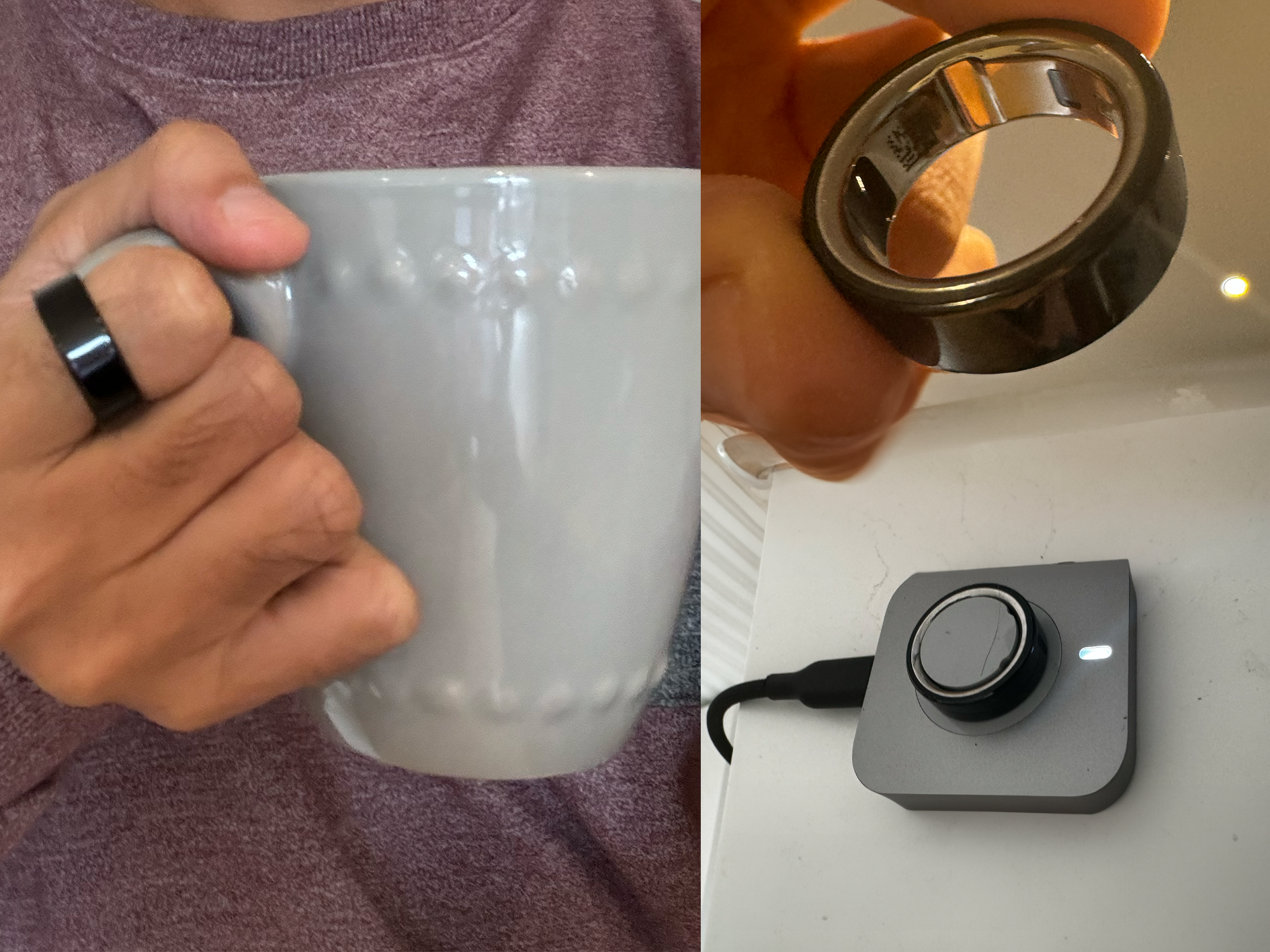
I’ve been wearing the Oura ring 4 since it launched in 2024, putting it through everyday use to see how it performs against its predecessor and rivals like the Galaxy ring and Ultrahuman air ring. From workouts to sleep tracking and long stretches at my desk, I’ve looked at the following criteria while testing the Oura ring 4:
- Accuracy: I compared daily step counts, heart-rate data and sleep stages with other wearables to see if the new sensors reduced the gaps I noticed with the Oura ring 3.
- Comfort and design: I’ve been wearing the ring continuously, including overnight and during exercise, to judge the slimmer profile, fit and long-term comfort.
- Features: I’ve been trying out the updated activity tracking, daytime stress monitoring and other software changes to see how useful they are in practice.
- Comparisons: I’ve been testing the Oura Ring 4 alongside rivals such as the Samsung Galaxy Ring, the third-generation Oura ring and other smart rings to see how it stacks up against the competition.
Oura ring 4
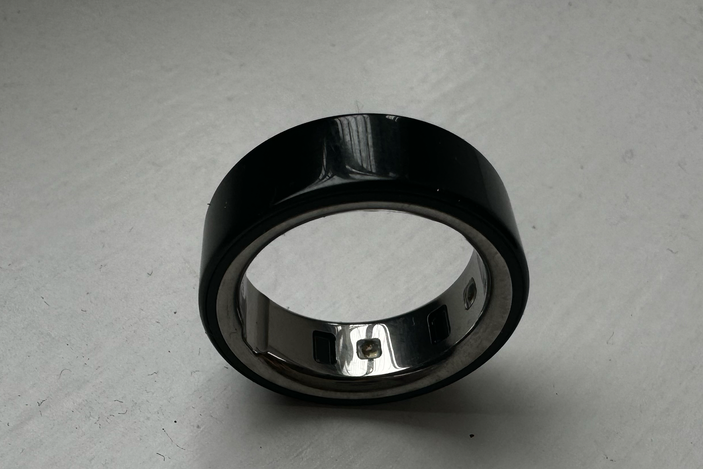
- Width: 7.09mm
- Thickness: 2.8mm
- Weight: 3.3-5.2g
- Sizes: 4-15
- Finishes: Black, silver, gold, rose gold, brushed silver, stealth
- Battery: Up to eight days
- Water resistance: Up to 100m
- Why we love it
- More comfortable, durable design
- Class-leading features
- Much better activity tracking, compared with competitor smart rings
- Take note
- No charging case
- Subscription needed to get the most out of the ring
- New features can all be found on the previous model
Design and fit
Oura’s new ring 4 looks more premium than ever before. Now made entirely from titanium, there’s no more resin on the inside, with a titanium interior helping with precision and accuracy. There’s an expanded range of sizes (4-15), to accommodate more hands than the Oura ring 3’s eight available sizes, so, if you found the gen 3 ring too big or too small, the Oura ring 4 could fit you better. Oura recommends you re-size if you’re upgrading. Oura also seems to have ditched the flat-top style of the heritage gen-3 rings – a welcome change.
Available in six different finishes, including brushed silver, gold, rose gold, silver, stealth and an updated black finish, the Oura ring 4 is also more comfortable to wear, compared with previous rings. The sensors are recessed into the interior of the ring, so, I didn’t feel those three central domes poking into my skin. There are just two raised dots and a series of sensors set back into the surface, and it’s a lot smoother and easier to slide off the knuckles. It’s still quite thick, however.
I’ve been testing out the black gen-4 ring, which – alongside the silver finish – is the cheapest in the range, at £349. It now features a glossy, tungsten PVD coating, for improved durability. The other rings have more of a matte finish.
After wearing the ring to weightlifting sessions, smacking metal barbells against its tough exterior, those durability claims stack up. There’s not a scratch in sight after months of use.
Read more: Best smartphones, reviewed
There are some design elements I think the Galaxy ring does better – namely its use of a charging case. While the new Oura ring 4 charging dock is larger and more durable, with a rubber grip on the underside to stop it from slipping off the table, it’s still another cable to lug around, and the rubber grip didn’t stop me from knocking it over when the cable was yanked accidentally with my foot.
The portability of the Galaxy ring charging case is its biggest strength – you can get 1.5 days’ worth of charge. Altogether, that’s a 16-day battery life. The RingConn gen 2 is another competitor, and boasts a 12-day battery life, while its charging case can give you 15-20 extra charges – that’s essentially 180 days’ worth of battery life, without it needing to come anywhere near a power outlet.
Sure, Oura’s improved the battery life on the new Oura ring – you get up to eight days instead of seven (I can eke out six days on a single charge with all the features turned on) – but, as soon as it dies, you’ll need to pop it back onto the wired charging dock. Cumbersome, not very portable and, let’s face it, a bit of a faff. It takes over an hour to charge from zero, too.
While the all-titanium ring is nice, Oura’s late to the party with this one. The Samsung Galaxy ring launched with an all-titanium design and the Ultrahuman Ring Air is also made entirely from titanium. So is the RingConn gen 2.
Read more: Best wireless earbuds to buy right now
The latest Oura is, however, more of an engineering marvel – not only is it more durable, there are way more sensors, too, so it’s even more accurate. The Oura ring 4 has a new smart sensing algorithm that tunes itself to the physiology of each wearer’s finger. There are more than double the number of available signal pathways, too – 18, compared with eight on the Oura ring 3.
The brand says the new smart sensing algorithm is always seeking out the best signal pathway to deliver the most accurate data. According to the company, this has led to a 30 per cent increase in the average SpO2 measurement overnight; a 15 per cent increase in the breathing disturbance index; and, crucially, fewer gaps in the data when worn throughout the night and day, giving you more continuous, stable readings.
Over the past few months, I’ve notice far fewer gaps in data when I’ve woken up and my ring had moved out of place. Oura says it will still collect accurate data even if the wearable moves out of place by 30 degrees in either direction. There were still data gaps but not as many as I used to get with the Oura ring 3. The smart sensing technology also helps to prolong the ring’s battery life – because it’s always seeking out the best signal pathway, it’s using fewer resources.
Features and software
The new Oura ring 4 is also joined by a new and completely redesigned app. While the company is sticking with its subscription model, it has been going hard on updates since Samsung announced the Galaxy ring in 2023, giving users more value. Oura has brought on board 24 new features in the past year alone, including those focused on stress and resilience, women’s health, heart health and metabolic health.
Read more: Best SAD lamps to help boost your mood
That left the app looking messy and in need of a trim. Much simpler to use, there are now just three tabs at the bottom: Today, Vitals and My Health. The Today tab lets you get a quick look at your daily scores, including your readiness, sleep, activity and heart rate. It also spotlights the most critical information – I had a terrible sleep last night, so, it highlighted that my readiness was poor after an evening workout. The Vitals tab is where all the metrics are located – you can jump in and out of more detailed data (including heart-rate variability, average oxygen saturation and daytime stress), as well as take a heart-rate measurement. The My Health tab is where you’ll find descriptive trends on your health and wellbeing, as well as reports, chronotype and cardiovascular age.
There are also some experimental features, including an AI-based Oura Advisor, who knows your body and checks in on you periodically. You can ask it why you’ve had a bad sleep or why you’re feeling tired. I asked it why I felt restless, and it looked at my data to suggest some reasons why, and what I could do to help. Pretty neat.
Meal tracking is another Oura Labs AI-based feature. You can snap a picture of your plate and it’ll recognise what food you’ve eaten. It’s an interesting tool but I wasn’t sure how useful it was to me. It’s not a calorie-counting feature, and doesn’t work like MyFitnessPal. It’s essentially just there to help you track your meals and the times of days you’ve eaten, to see how that might affect your health and sleep.
My favourite feature enhancement has to be the new and improved automatic activity detection function. I’ve always found smart rings to be terrible activity trackers. While usually good for tracking sleep, they’ve never been able to accurately track cross-training activities, always marking down my exercise as walking or not detecting it at all.
Read more: The best Bluetooth speakers
Now, however, the Oura automatically detects heart rate and tracks heart rate zones across 40 different activities. The Galaxy ring, in comparison, only tracks runs and walks. Over time, the Oura learns what exercises you do at what times, and automatically puts that suggested activity in for you to confirm. Not even my Apple Watch can figure out that I’m doing a CrossFit exercise. This meant, whenever I forgot to charge my smartwatch, the Oura ring 4 picked up the slack and tracked my exercise for me.
Daytime stress tracking has also been improved – you can now dive into what could have been causing your stress, by tagging things you’re doing inside the app.
Women’s health has also been given a big update. Oura can already show insights into menstrual cycles and pregnancy tracking, but it can now show women their estimated fertile days, the chance of conception at that time and the detected day of ovulation, giving you more information about your chances of getting pregnant throughout your cycle.
Should you upgrade?
Weirdly, the new features are available to both Oura ring 4 and Oura ring 3 users. Presumably, this is because Oura charges a subscription fee to unlock its vast feature set, and by locking certain features to just the Oura ring 4, previous-generation users wouldn’t be getting the same value for money, despite paying the same subscription fee.
Read more: The best laptops, reviewed
That puts the Oura ring 4 in a strange position, as it gives users with the Oura ring 3 no real need to upgrade. Boiling it down, the only major differences on the hardware front is that the Oura ring 4 is more durable, slightly more accurate, slightly more comfortable and has more sizes to fit more people’s fingers. But, really, you’re buying the Oura ring because of the features it offers, and you can get the same features from the Oura ring 3.
The Oura ring 4 starts from £349 and goes up to £499 for the gold and rose-gold options. The ring comes with a month’s free membership, which will cost £5.99 a month or £69.99 annually thereafter. Without the subscription, the Oura ring is pretty useless. The Galaxy ring has no subscription fee, but isn’t as feature-rich (right now, anyway).
I love the Galaxy ring’s gesture support and charging case; I’m a big fan of the Circular ring’s vibration motor, which lets me set alarms and timers, vibrating whenever it goes off; while the MuchBetter ring lets you pay for stuff, but it isn’t a wellness product. All of these features could have been revolutionary for the ring 4, making it feel like a bigger upgrade over the gen 3.
The verdict: Oura ring 4
While other smart rings are starting to differentiate themselves from Oura, I still think the Oura ring 4 is the best smart ring on the market. It has the best sleep tracking of any wearable, with a lot of science to back it up. There are new features rolling out all the time, and it’s the best activity tracker I’ve found in a smart ring so far. None of those features are exclusive to the Oura ring 4, however. The main benefit that the Oura ring 4 provides, compared with the gen 3, is improved durability, comfort and accuracy. This isn’t a generational upgrade over the Oura ring 3, merely strengthening its position as the best smart ring out there for sleep tracking and recovery.
There are, of course, some things I have on my Oura wish list that I’m disappointed weren’t included – namely a charging case and gesture support, NFC payments and a haptic engine – but the Oura ring still provides the most comprehensive health and wellness offering, even if it lacks a few of the bells and whistles of its competitors.
For other options, check out our round-up of the best smart rings for tracking health and wellness
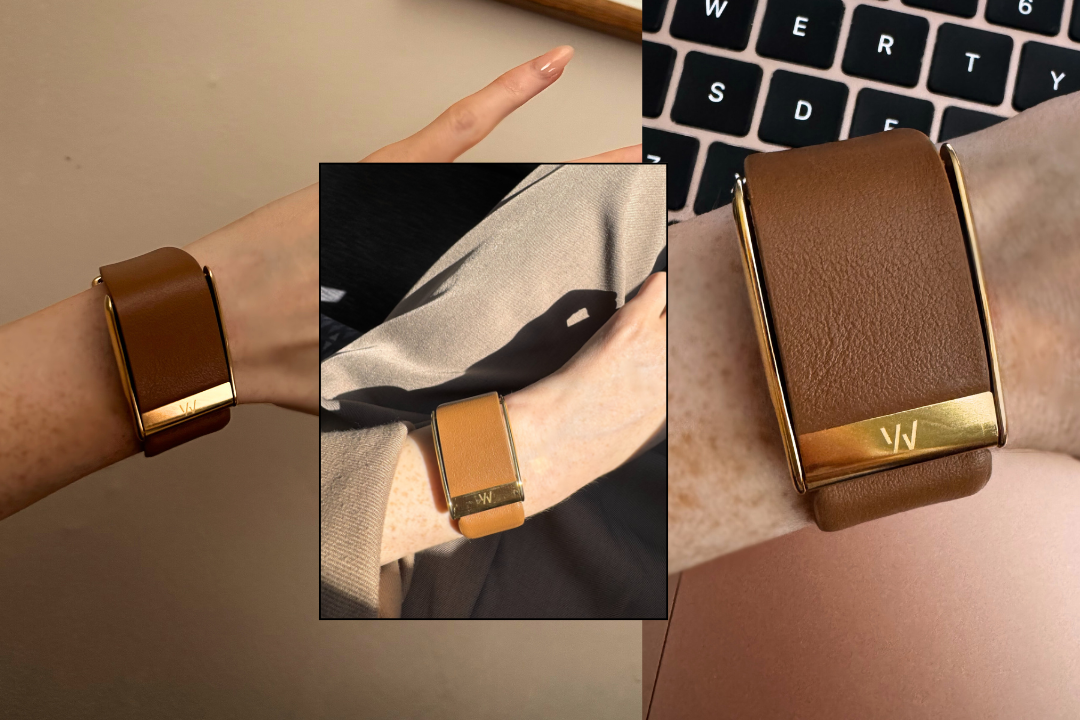
.png)
